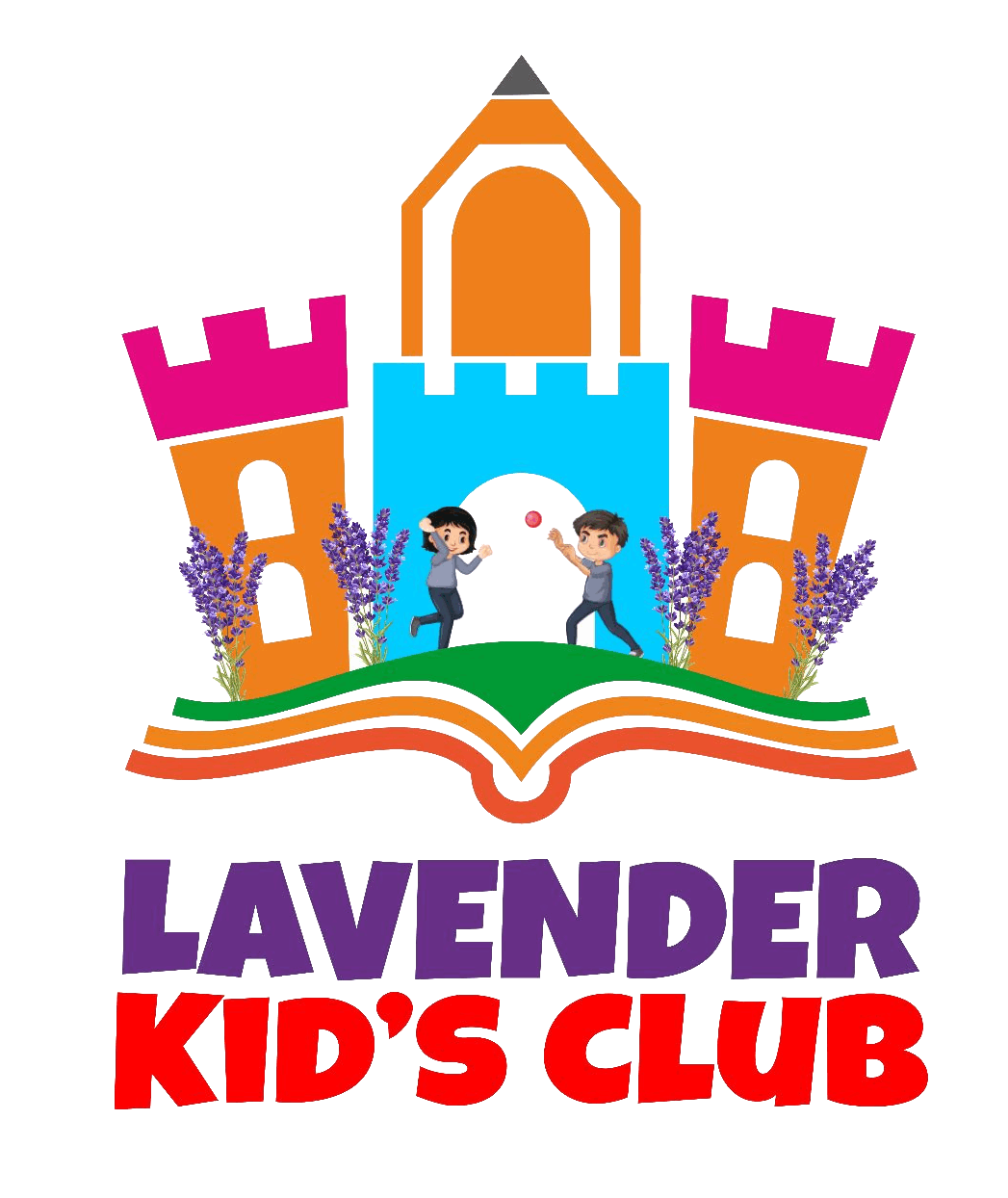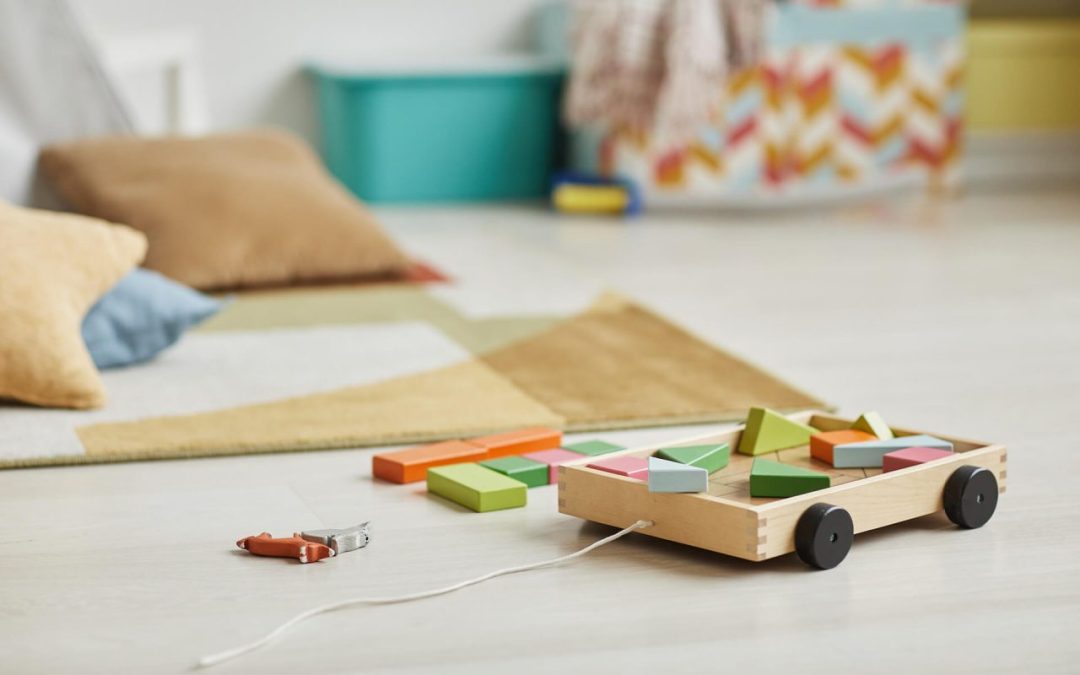The growth of young children depends heavily on motor abilities and coordination. They support them as they engage with others, gain new skills, and explore their surroundings.
Their motor abilities and coordination support children’s cognitive, social, and emotional development. As a result, it’s critical to support young children’s development of coordinated and powerful motor abilities from an early age. Our bodies comprise many body parts that work together to help us move and perform various activities. Engaging kids in activities using their various body parts is one of the finest methods. Learning about body parts for kids can be fun and engaging, pique their interest, test their skills, and encourage their inventiveness. Body parts activities are also an effective way to help preschoolers develop their motor skills and coordination.
We shall explore some of the top body part activities in this blog, which you may do at home or in the classroom.
Here are the 8 Top Body Parts Activities for Preschoolers
1. Sensory Activities
Exploration techniques, known as sensory activities, involve engaging our senses, such as touch, smell, and taste, to discover more about the environment. Preschoolers, who are still developing their sensory processing skills and capacities, benefit the most from them. The capacity to take in, arrange, and react to sensory data from the environment is known as sensory processing. It supports kids’ ability to control their emotions, concentrate, and plan their moves. Playing with sensory bins loaded with various materials and objects, feeling various textures with their hands and feet, and eating diverse meals with various flavors and textures are some of the finest sensory activities for preschoolers.
2. Fine Motor Skills Activities
The small muscles in the hands, fingers, and wrists are used in fine motor abilities to carry out precise and coordinated actions. Writing, painting, and using scissors are just a few tasks that call for agility and accuracy. Therefore, these abilities are crucial. Preschoolers can develop and refine their fine motor skills with various enjoyable and creative activities that engage their senses and imagination. Playing with playdough, coloring with crayons, and cutting out paper shapes are good fine motor skills exercises for preschoolers. Children can explore various textures, shapes, and colors while practicing these activities, which also helps them improve their manual dexterity and hand-eye coordination.
3. Hand-Eye Coordination Activities
The capacity to sync one’s hand movements with visual information is known as hand-eye coordination. This ability is essential for kids’ development since it allows them to carry out a variety of actions that require both their hands and eyes to work together. Playing with building blocks, stringing beads, and completing puzzles are some of the best activities for preschoolers to improve hand-eye coordination. These exercises test kids’ ability to control items precisely and accurately while paying attention to visual clues. Regular participation in these activities can help kids develop their hand-eye coordination and prepare them for future tasks that will be more challenging.
4. Gross Motor Skills Activities
Gross motor skills are necessary for various physical activities involving major body muscles, like those in the arms, legs, and trunk. For instance, running, jumping, and climbing call on the coordination and strength of these muscles. Preschoolers can gain from engaging in enjoyable, lively activities that test their large body muscles to strengthen their gross motor skills. Playing with balls, jumping on a trampoline, and engaging in hopscotch are some of the preschoolers’ best gross motor activities. While having fun, these activities can help kids gain better balance, agility, and endurance.
5. Balance and Coordination Activities
Children need to learn how to balance and coordinate as they get older. Children can move their bodies with assurance and control in various circumstances and settings because of these abilities. The games “Red Light, Green Light,” “Walking on a Tightrope,” and “Playing with Balance Beams” are some of the best for assisting toddlers in developing their balance and coordination. These games are enjoyable and demanding for kids because they call for quick stops and starts, posture maintenance on a constrained area, and weight shifting from one foot to another. Children can improve their balance and coordination while having fun by playing balancing activities in these games frequently.
6. Body Parts Identification Activities
The ability to identify body parts is a crucial one for young children. It enables kids to gain a deeper comprehension of their bodies and how they work. Singing songs like “Head, Shoulders, Knees, and Toes,” playing games like “Simon Says,” and reading body part-specific books are some of preschoolers’ greatest body parts identification activities. Through these activities, children can engage in enjoyable and interactive play while learning about their bodies.
7. Dance and Movement Activities
Dance and movement exercises are a fun way for preschoolers to improve their motor skills and coordination. They give kids the freedom to move their bodies in various ways, which is crucial for developing their motor abilities. Playing freeze dance, choreographing dances, and playing musical chairs are some of the best dance and movement exercises for preschoolers. Engaging preschoolers in such body parts activities, such as getting them to dance to various songs and general movement exercises, can help them develop strong hand-eye coordination.
8. Hand and Foot Coordination Activities
The development of hand-foot coordination in preschoolers is crucial. They can use their hands and feet together, necessary for many activities like dancing and playing sports. Playing games that require body parts activities, such as catch and soccer, can help preschoolers develop their gross and fine motor skills.
Playing with bean bags, jumping rope, and playing soccer are some of the finest hand and foot-coordination exercises for preschoolers. Children can engage in enjoyable physical play while honing their hand-foot coordination skills with these games.
More than 600 muscles make up the human body, allowing us to move various body parts and carry out various tasks. Teaching body parts is essential to early childhood education because doing so can aid in developing motor skills and coordination. When teaching body parts, it’s important to use age-appropriate language and encourage children to ask questions and explore their bodies safely and respectfully.

